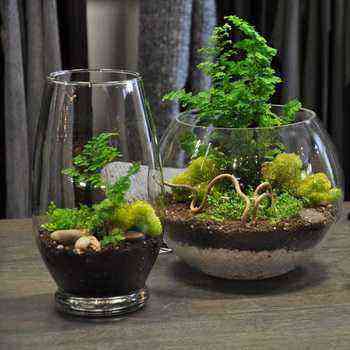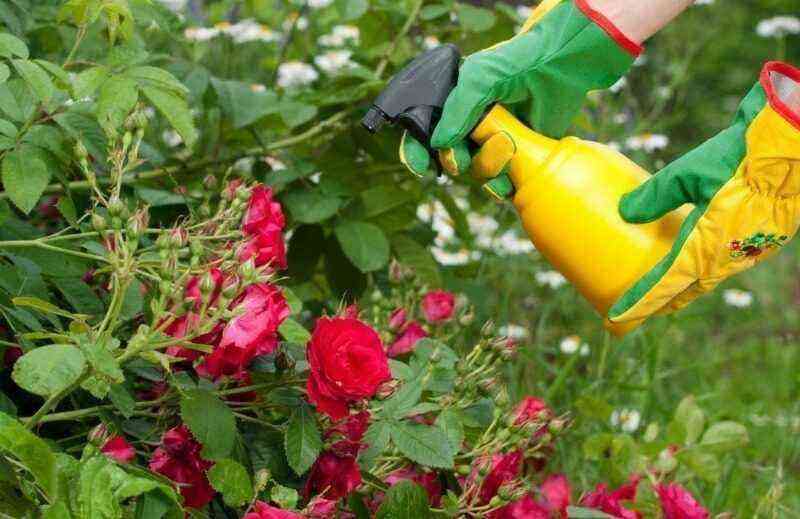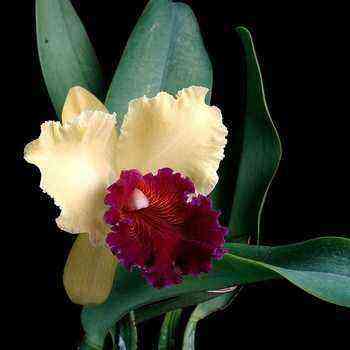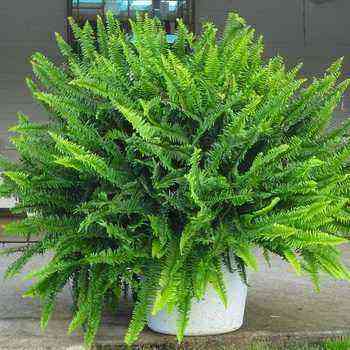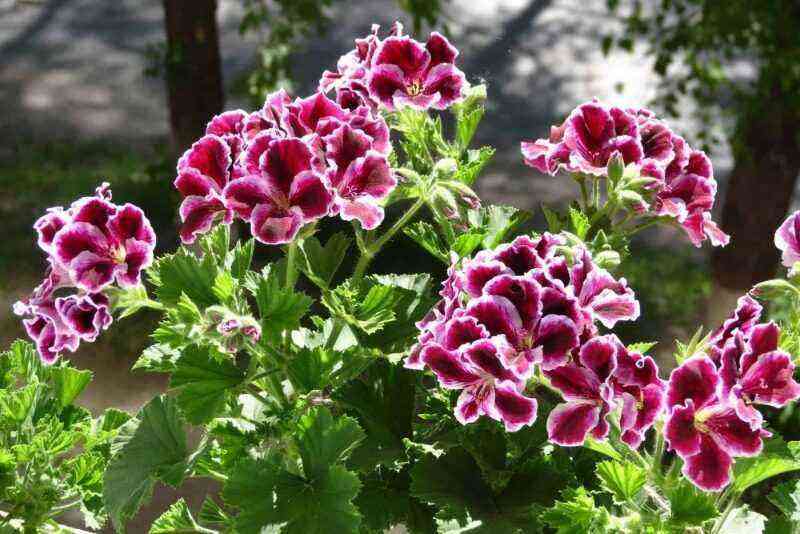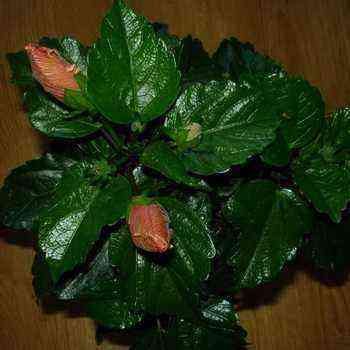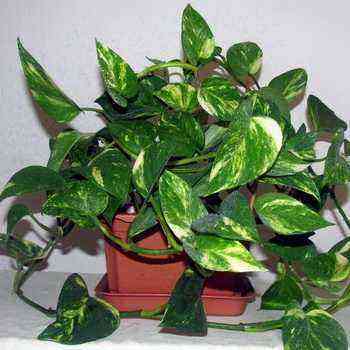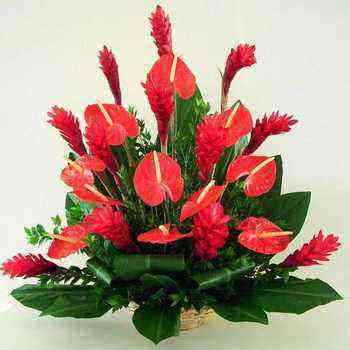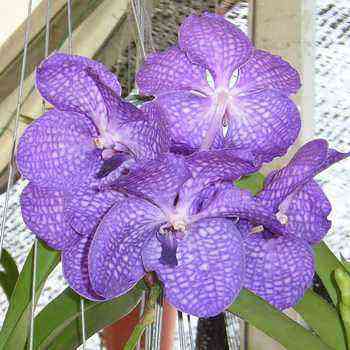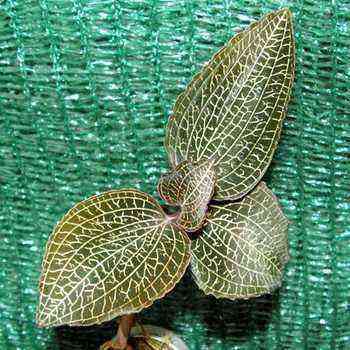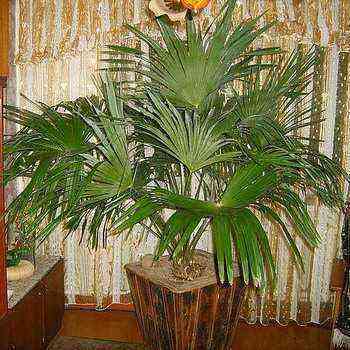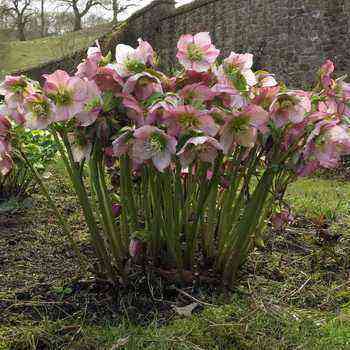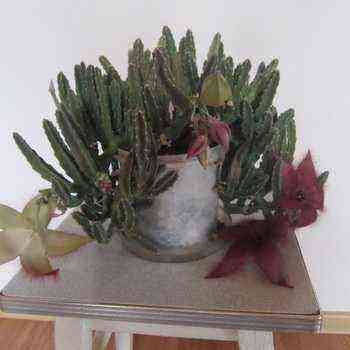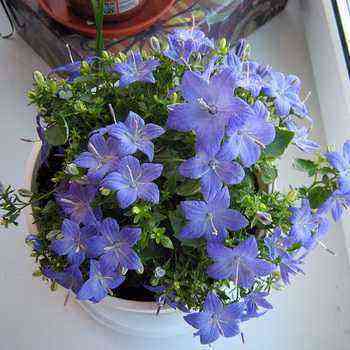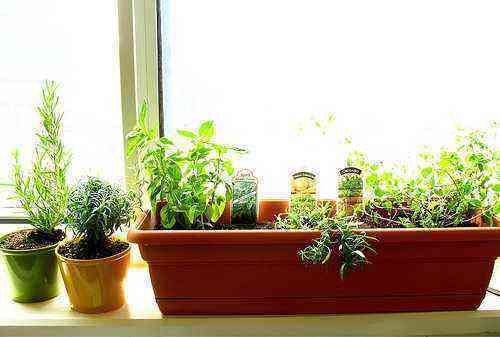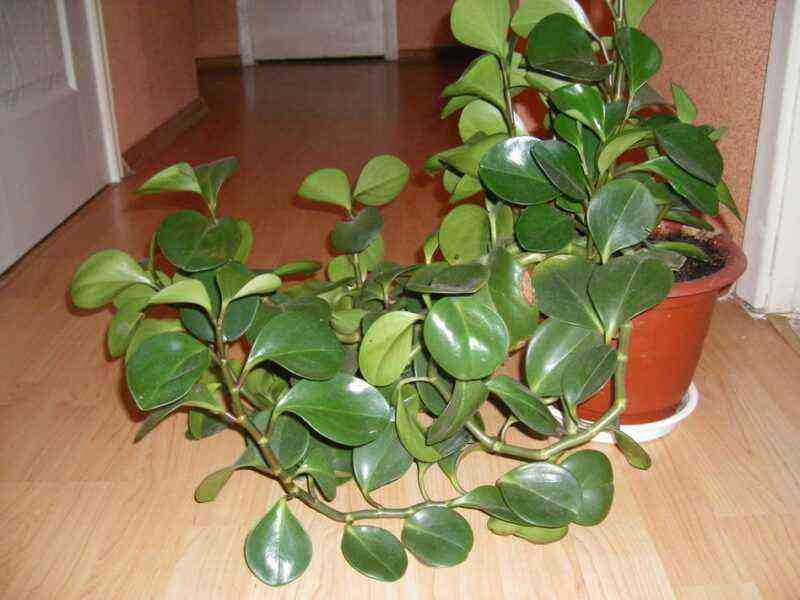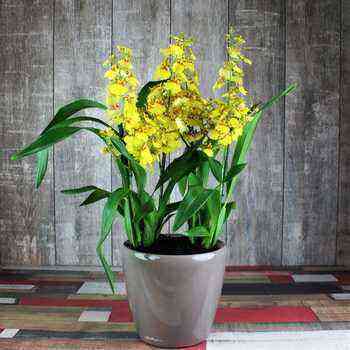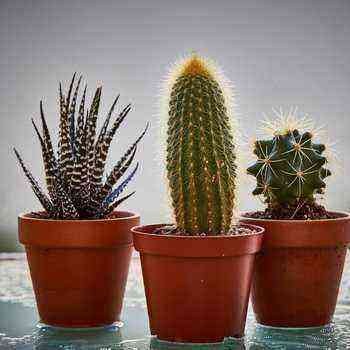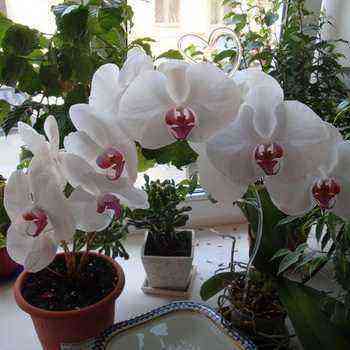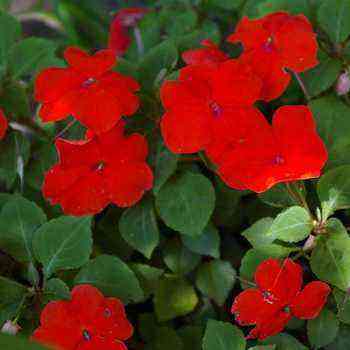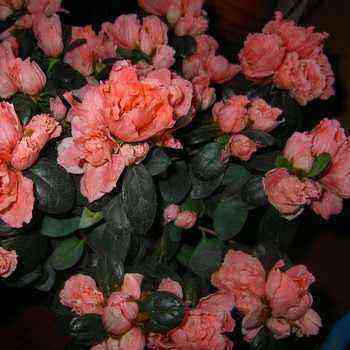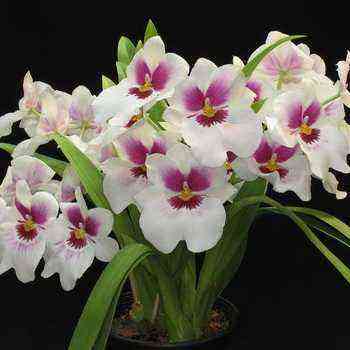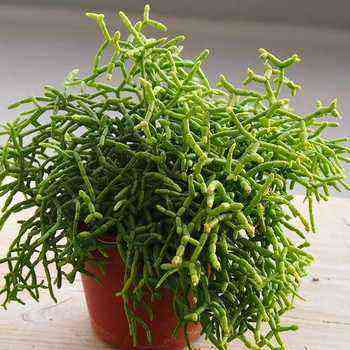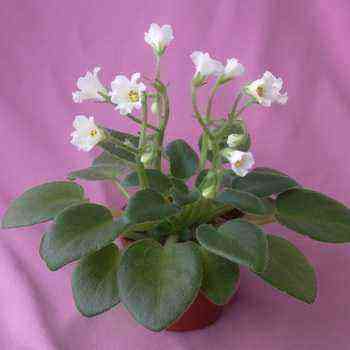Achimenes flower belongs to the Gesneriev family. It is a perennial shrub with very beautiful and delicate flowers. A rather picky plant to care for, but at the same time does not like dry air, drafts, as well as sharp fluctuations in temperature indicators.
Domestic flowers of Achimenes are borrowed from natural growing conditions in Central and South America, China, the Himalayas and Africa. It is a perennial tuberous plant up to 20-25 cm high.
Description of flowers and leaves of achimenes, photo during flowering
The stems are most often branched. Depending on the variety, they can be creeping or drooping. Leaves are dense, pubescent, soft to the touch.
Look at the indoor flower achimenes in the photo: it is its flowers that give this plant a charming beauty.

They are bell-shaped, in most cases quite bright in color. The shade can be different depending on the type and variety of the plant. The flowers are large, tubular, can be yellow or snow-white, bright pink, red. But there are also species with striped or spotted bells.
The life span of one bell is short, but new buds bloom to replace it. Therefore, during the flowering period, achimenes always looks beautiful, and this stage lasts long enough.
With proper home care, a plant can bloom up to two per year. The first is usually plentiful, begins in May and can last until September. The second begins towards the end of summer – the beginning of autumn, differs in fewer flowers.
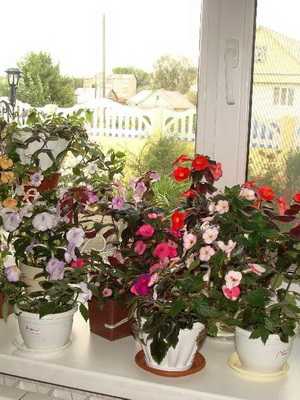
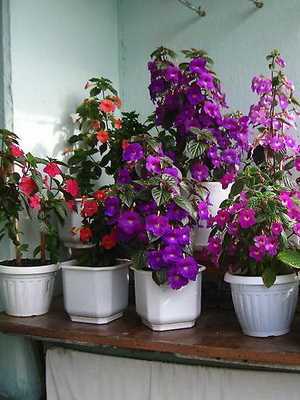
At the end of autumn, the plant falls into a dormant state and does not bloom. In addition, most Achimenes species lose their leaves during this period. For the winter, only the root system and bud buds (rhizomes) remain, from which, in spring, with an increase in daylight hours and temperature, the beginning of their germination is observed.
Types and varieties of indoor flower achimenes: photo, name and description
Each type of achimenes is unique. Many of them are similar in their characteristics to each other. But the Achimenes of hybrid varieties, the description of which we will provide below, are unique.
The best varieties include:

“Little Beauty” – with numerous bright pink flowers
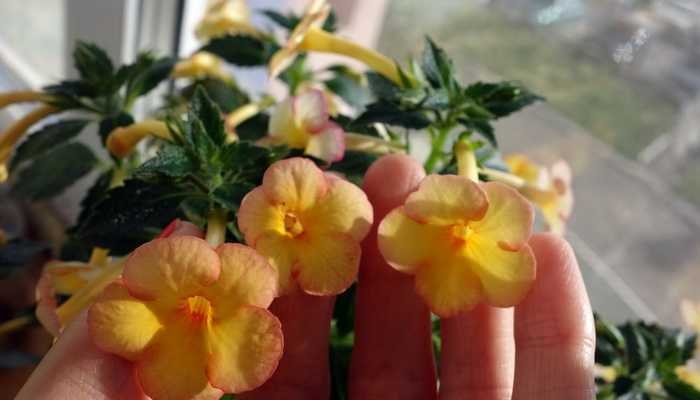
“Claudid Yellow”
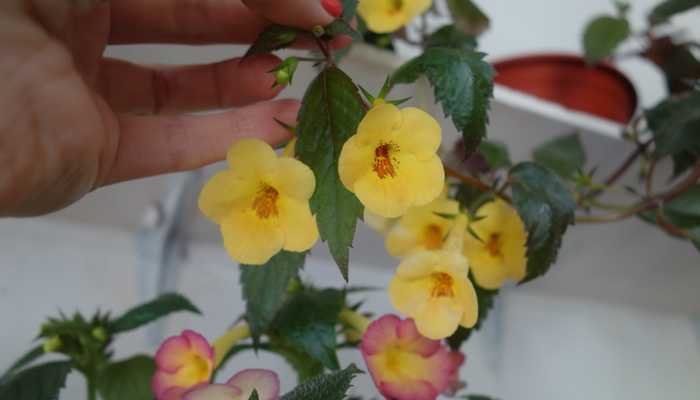
“Cameo Triumph” is a variety with yellow flowers.
Next, we will acquaint you with other types and varieties of Achimenes, show their photos and provide a description of each of them.
Long-flowered. This is a kind of ampelous plant. Its branches reach 30 cm, so it can be classified as a medium-sized type. Achimenes leaves are light green in color, slightly drooping down. It blooms with single flowers. Their color is white. Close to the core of the tubular inflorescence, pale purple or yellowish stripes are formed. A spreading limb is formed at the end of the flower tube. Underground pineal root, white or slightly pink.
Look below at Achimenes longiflorum – its varieties with names are shown in the photo:

“Major” – it is believed to produce the largest flowers that can reach 8 cm in diameter
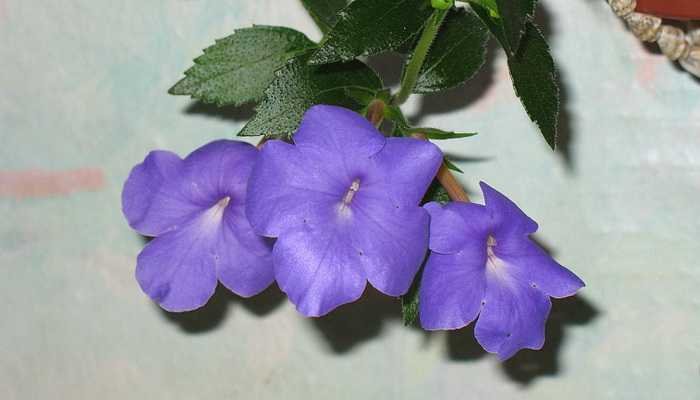
“Chiapas” – large plants with flowers of a light purple hue, wavy at the edges

“Haage” – differs in large flowers with a purple throat
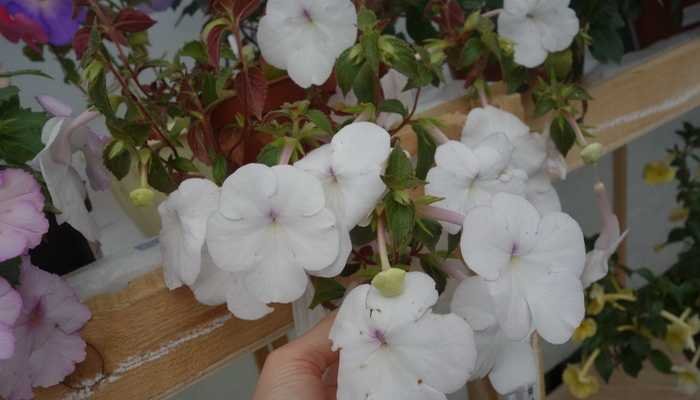
“Juaregia” – ampelous plant with a large color up to 6 cm in diameter
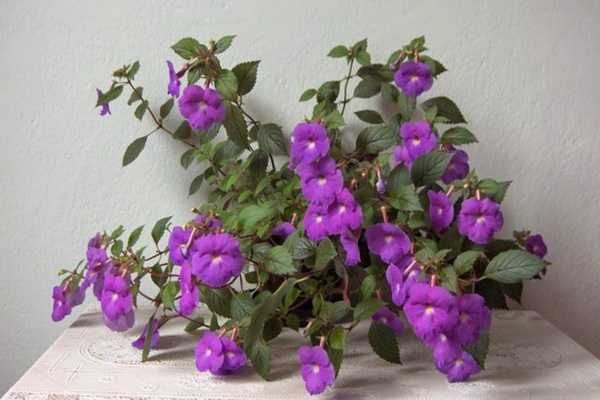
Large-flowered. This is one of the largest Achimenes. The variety called Grandiflora reaches a height of up to 60 cm. The flowers are also quite large – up to 7 cm in diameter, and the leaf length reaches 10 cm. The shoots are drooping, spreading. The leaf is dark green in color, may have a reddish tint around the edges. Red flowers are located along the shoot. Although, depending on the variety, they can be white, blue or pink. And some plants have bronze-colored foliage. There are such varieties:
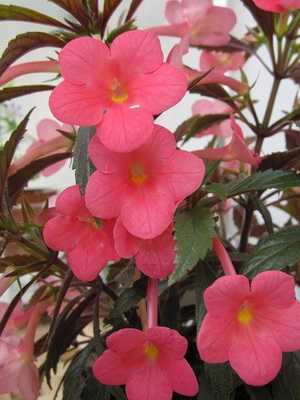
“Little Beauty”
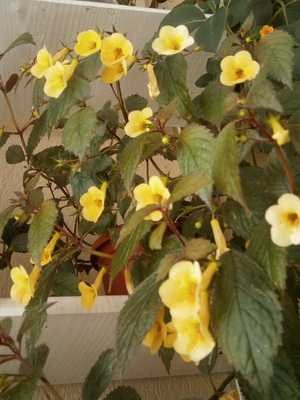
“Yellow Beauty”
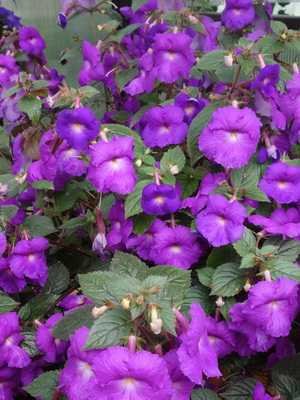
“Purple King”
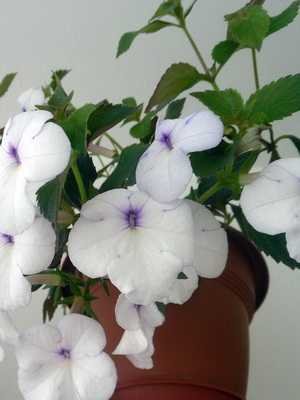
“Snow Queen”
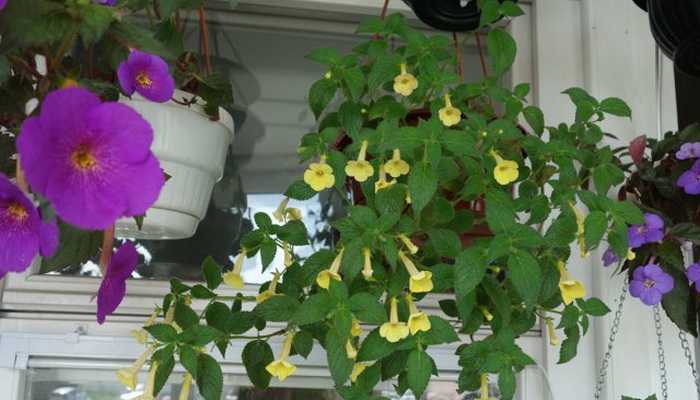
Clouded Yellow.
Sweet. The achimenes flower, photo and description of which you can see below, belongs to the medium-sized species, and its color has a slightly perceptible aroma.
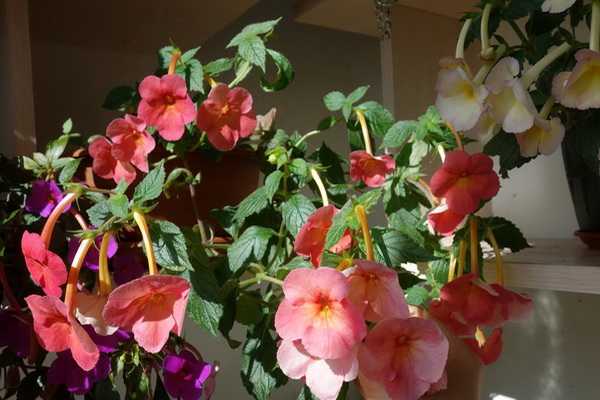
Erect shoots have a lot of light green leaves. The throat of the flowers is deep, in the depths the snow-white bell turns into a yellowish core. Flower diameter – no more than 4 cm.
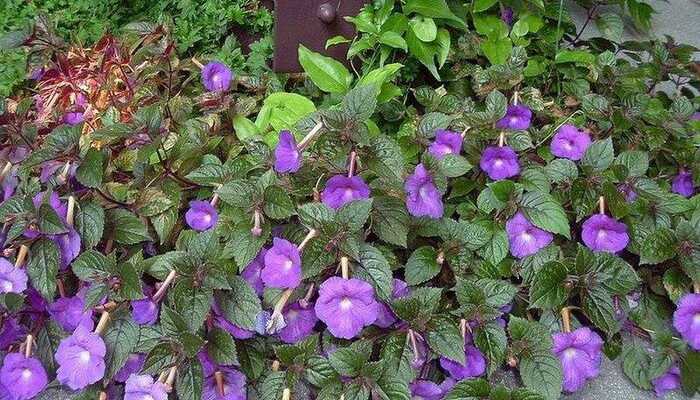
Mexican. In its external characteristics, it is similar to gloxinia.
Straight shoots with bright green leaves down. Flowers are arranged in a corolla, have a violet-blue color. The height under favorable conditions of this type of achimenes reaches 50 cm.
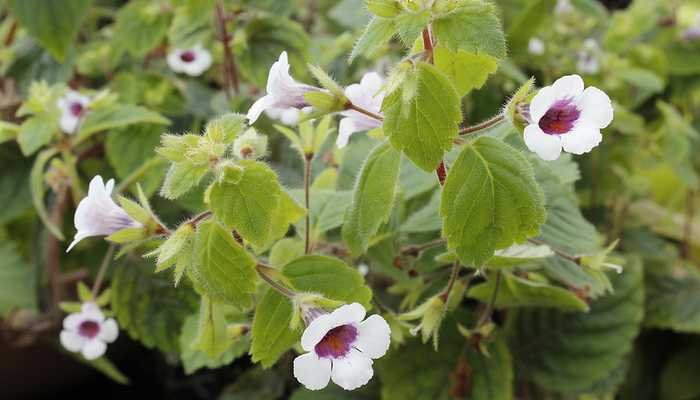
Miser. The characteristic of this achimenes has its own distinctive features.
It gives a fairly small color (no more than 1 cm in diameter). In the middle of the pharynx, there is a large purple spot. The foliage of the plant is of a dark green hue, it is evenly distributed on erect stems.
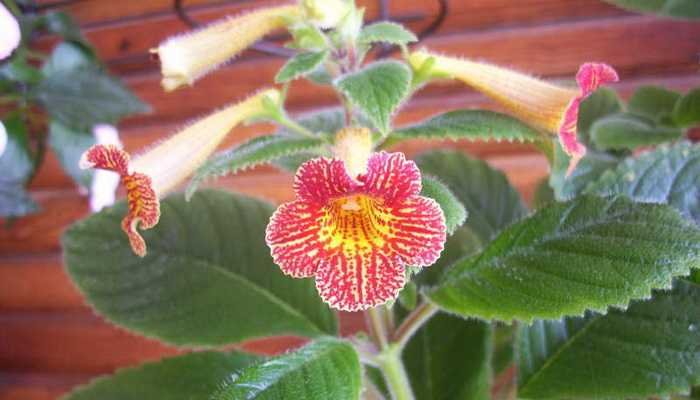
Lionoseum It has medium-sized flowers. They are yellow in color with a thick reddish pattern. The leaves are velvety, green in color, with a lot of white villi.

Snow White. Characterization can begin with flowers, which, due to their color, gave such a name to this species.
In some cases, the bells may take on a slightly yellowish tint, but in most cases they are snow-white. Shoots and leaves are rough, characterized by a reddish tint. The foliage is jagged at the ends.
This plant is seasonal. Growing conditions are very important for achimenes, not only “health” depends on it, but also the number of flowers that he will delight you with.
How to plant and how to care for an achimenes flower
In order for a flower to give a beautiful color, it is necessary to create the most comfortable living conditions for it. This is not difficult to do.
Here are the basic principles to rely on when growing achimenes. This houseplant requires a warm or moderate temperature – during the period of active growth, it should not fall below 17 ° C. The plant needs bright light shaded from direct sunlight in summer. Sills of windows facing the east or west side are considered ideal places. But windows in the southwest or southeast direction can give too much sunlight, so the plant needs to be shaded.
General description of the soil for achimenes is a light substrate consisting of leafy soil, peat and sand with dry mullein (2: 2: 1). Before preparing for planting achimenes, the soil should be disinfected, get rid of possible pests or insects.
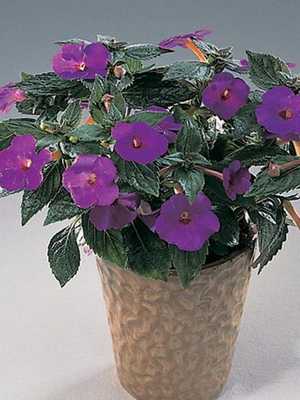
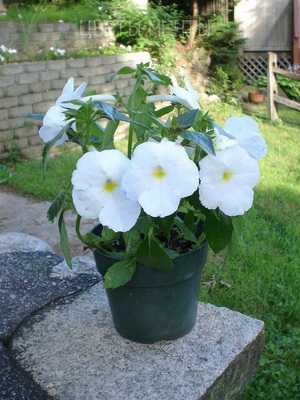
Choose the right planter for your achimenes, growing should be done in a fairly large pot. Tight planters result in the plant producing poor color. Focus on the approximate scheme: about 1 m3 of soil for one medium plant. Further, as it grows, you can transfer to larger pots for achimenes flowers, and continue caring for the plant, which includes timely watering. It should be carried out as the earthen coma dries. No need to overmoisten, watering should be moderate. Abundant irrigation is required during the growing season, twice a month – fertilizing with mineral fertilizers.
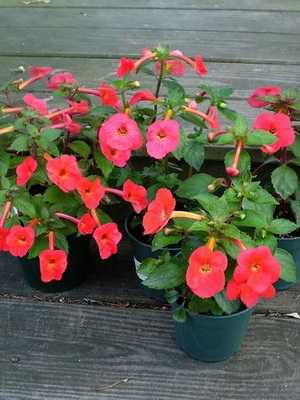
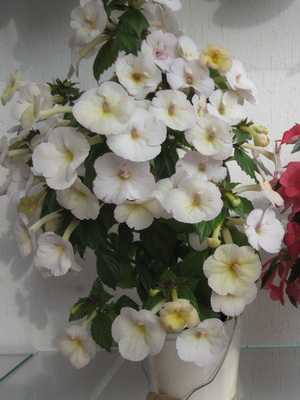
In autumn, watering is gradually reduced and after the death of the aboveground part, they completely stop. The plant is removed to a dark place and stored at a temperature not lower than 7 ° C. The optimum temperature in the winter dormant period is 12 ° C. During rest, too wet soil can be detrimental to the rhizome of achimenes, so watering is reduced to a minimum. In March, the rhizome is removed from the pots and transplanted into fresh soil mixture, then placed in a bright place, gradually increasing watering.
There is another way to winterize a plant. To do this, remove it completely from the pot, carefully disassemble the root ball. It must be dried and stored in airtight bags. No need to water. From time to time, rhizomes are examined for the presence of fungal infections. For the spring, you have ready-made planting material.
Care when growing achimenes: feeding and pinching (with video)
If we talk about achimenes, then home care includes the timely application of fertilizers. Top dressing made on time gives additional strength to the plant for growth and color. It is recommended to give a weak dose of any universal fertilizer with each watering during the period of active flower growth, or a full complex – twice a month.
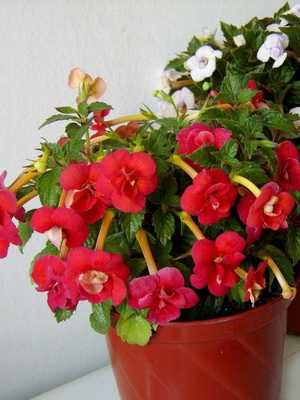
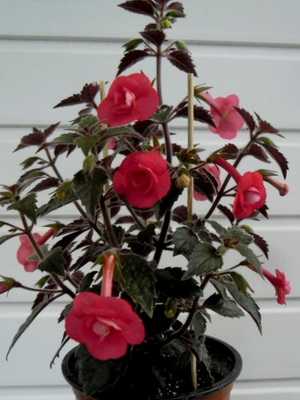
Depending on the variety, the flower can grow as a beautiful bush, providing a sufficient number of side shoots, or with one trunk, which does not always look aesthetically pleasing. It is for the latter varieties that stubbornly do not want to branch, it is recommended to pinch.
It is advised to do this for the first time when a sprout up to 2,5 cm in height appears, while at least 2 pairs of leaves should be formed on it. Remove the growth point carefully. After a while, embryos of lateral shoots are formed in the axils above the last pair of leaves. Let them grow, and peel off over the first knot, leaving a couple of leaves for the don.
The pinching of Achimenos tetraploid varieties is carried out only once, and crops with shallow or erect shoots require multiple processing.
Many people believe that pinching leads to a delayed flowering period for the plant. The delay in the appearance of the first color can last no more than one week. This is not much, but the result is a beautifully formed plant that will produce abundant color.
Planting and transplanting achimenes
Reproduction is possible by pieces of rhizomes, stem and leaf cuttings and rhizomes of achimenes.
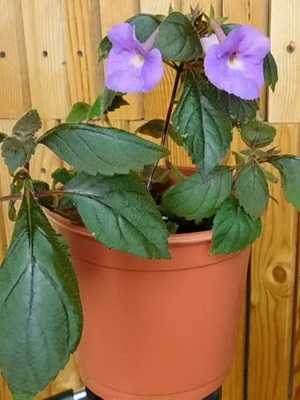
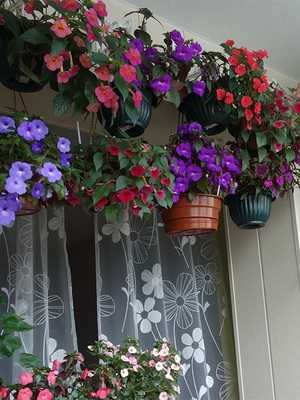
Rhizomes are planted in early spring. This is a fairly favorable period for the development of a large and strong plant. Rhizomes are formed at the root in the period before the hibernation of achimenes. If planting is in March, additional lighting will be needed. Its lack can be the reason for the appearance of weak shoots. And for rhizomes planted in late spring, the growing season will significantly increase. The general plant cycle will be knocked down, and it will take the plant several years to normalize it. Therefore, the optimal period for achimenes, the reproduction of which occurs by rhizomes, is considered to be from mid-March to early April.
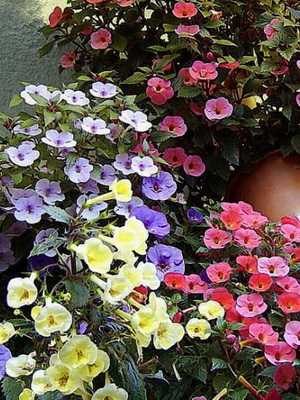
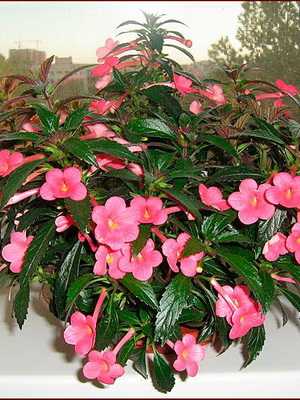
In order for the plant to take root and give healthy shoots, it is necessary to know the important aspects of how to plant achimenes with rhizomes. In order for the process to proceed more quickly, and to minimize the possibility of decay of the planting material, it is recommended to germinate it. After the first shoots of rhizomes appear, they must be placed horizontally in the ground and sprinkled with a soil layer. The soil is then sprayed. The pot with planting material is placed in diffused light. Watering is rare enough until shoots appear, after which watering can be increased. After a month, the plant can be fed with special fertilizers to stimulate growth.
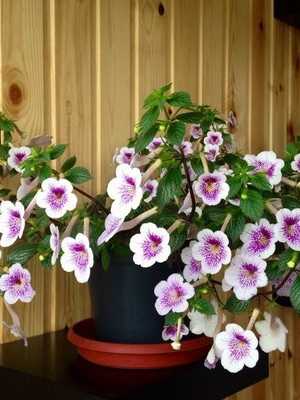
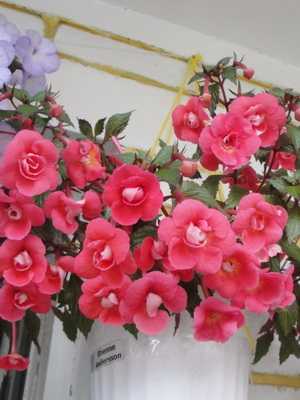
The transplant of grown Achimenes is carried out when the plants have at least 6 full leaves.
Propagation of a houseplant achimenes by cuttings
The achimenes flower, which is propagated by cuttings, also takes root well. To do this, you need to carry out the following manipulations:
- choose a good, healthy stem;
- cut it off at the base;
- remove all buds from it (they may prevent the cuttings from taking root);
- remove the lower leaves, if the stalk is long enough, then it can be divided into two identical parts, 2-3 pairs of formed leaves are enough for rooting;
- prepare loose soil;
- fix the cuttings in the soil, water;
- create a greenhouse effect with a can or polyethylene.
Further, the planting material should be ventilated from time to time and provided with diffused lighting. The rooting of achimenes during propagation by cuttings is observed after 14 days, in some cases the process can take up to 4 weeks.
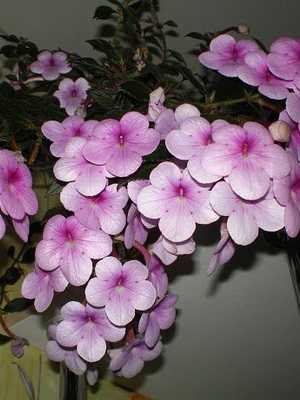
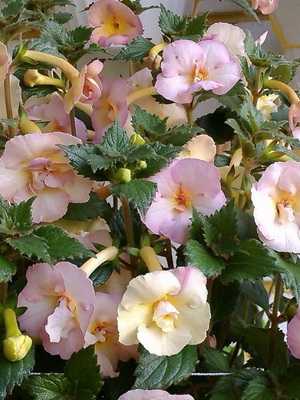
If we talk about the achimenes flower, then when caring for it, reproduction is also carried out, for example, when a plant is transplanted. In this case, a part of the rhizome is used as a planting material, which is separated along with bores and rhizomes. It is better to do this in the spring. The finished material is planted in a new pot.
Diseases and pests of achimenes
The frequency and nature of plant diseases depend on how to care for the achimenes flower. If the conditions and rules of agricultural technology are not violated, there may be no problems with cultivation. Among the most common diseases are the following:
- When watering with hard water, chlorosis appears. The leaf plate begins to turn yellow with it.
- Ring spotting is quite common. It appears as light round spots on the foliage of the plant, which turn brown a little later. It is a non-communicable disease. Occurs when watering with cold water, in drafts or excessive sunlight.
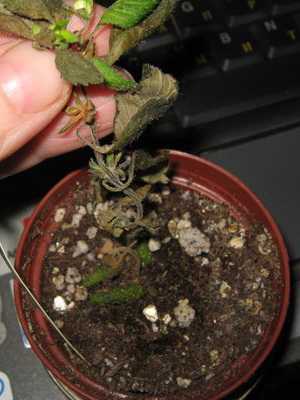

If we talk about infectious diseases of the Achimenes, then the most common are fungal infections. Browning and death of leaves with the formation of a gray coating on them is a clear indicator of gray rot. Excessive humidity and low temperatures contribute to its development. To combat such a lesion, fungicides are used, and the damaged elements of the plant are pinched off.
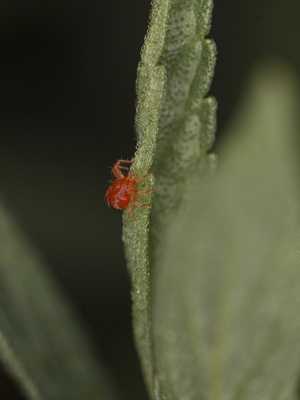
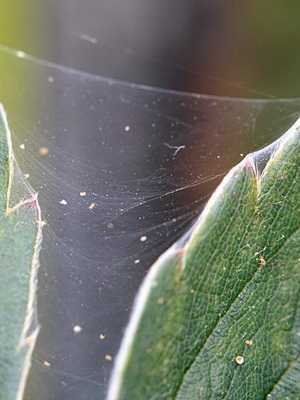
The plant can also be affected by the red spider mite. For its destruction of pests, double spraying with acarcides is used. To combat thrips, insecticides are used.
Always inspect purchased adult achimenes or planting material for infestation. If necessary, treat it with the necessary products and quarantine it away from indoor plants.
